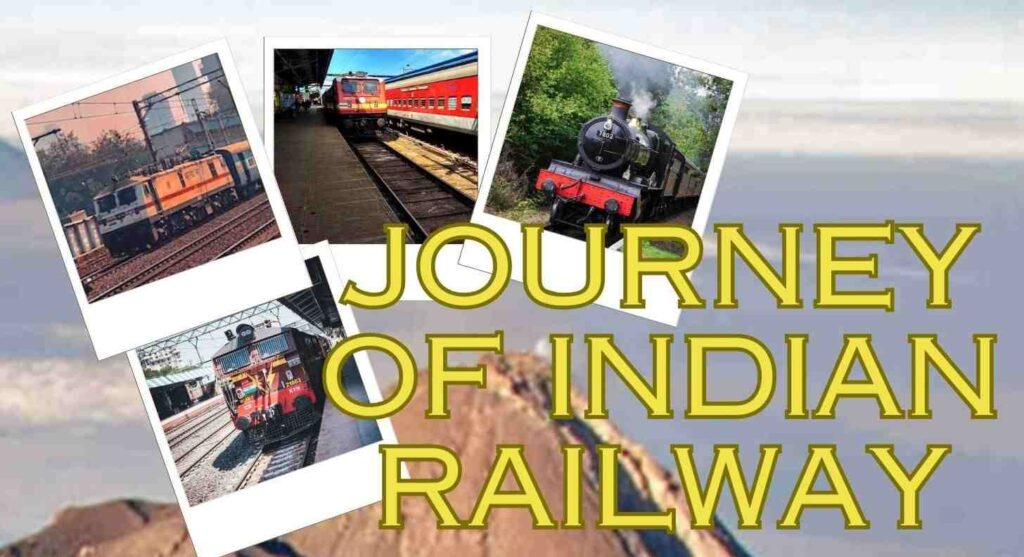Indian Railways, an unparalleled marvel in global transportation, stands as a testament to history, with roots dating back over 160 years.

Embarking on the Rails
In 1853, the inaugural railway line between Bori Bunder (now Mumbai) and Thane marked the genesis of Indian Railways, constructed by the pioneering Great Indian Peninsula Railway Company.
The Journey Unfolds
The subsequent decades witnessed an exponential expansion of the Indian railway network. By the close of the 19th century, over 40,000 kilometers of railway lines crisscrossed the Indian subcontinent.
Integral to the nation’s modernization, Indian Railways interconnected diverse regions, fostering economic prosperity and playing a pivotal role in the Indian freedom struggle.
In the throes of World War II, Indian Railways emerged as a lifeline, facilitating the transport of troops and essential supplies. Post-independence, it remained a linchpin in the country’s development.
The Present Spectacle
Today, Indian Railways stands as one of the world’s largest and busiest railway networks, orchestrating the movement of over 22,000 trains and catering to more than 23 million passengers daily. It is also a linchpin in freight transportation.
Some of the renowned trains in India include:
- Rajdhani Express: A superfast train linking Delhi to major cities across the nation.
- Shatabdi Express: Another superfast marvel connecting key cities in India.
- Deccan Odyssey: A luxury train offering tourists a curated glimpse of India’s splendors.
- Maharajas’ Express: A regal odyssey providing tourists with a taste of royal India.
Indian Railways is not just a transportation lifeline; it’s an integral part of India’s culture – a symbol of progress and collective aspirations.




